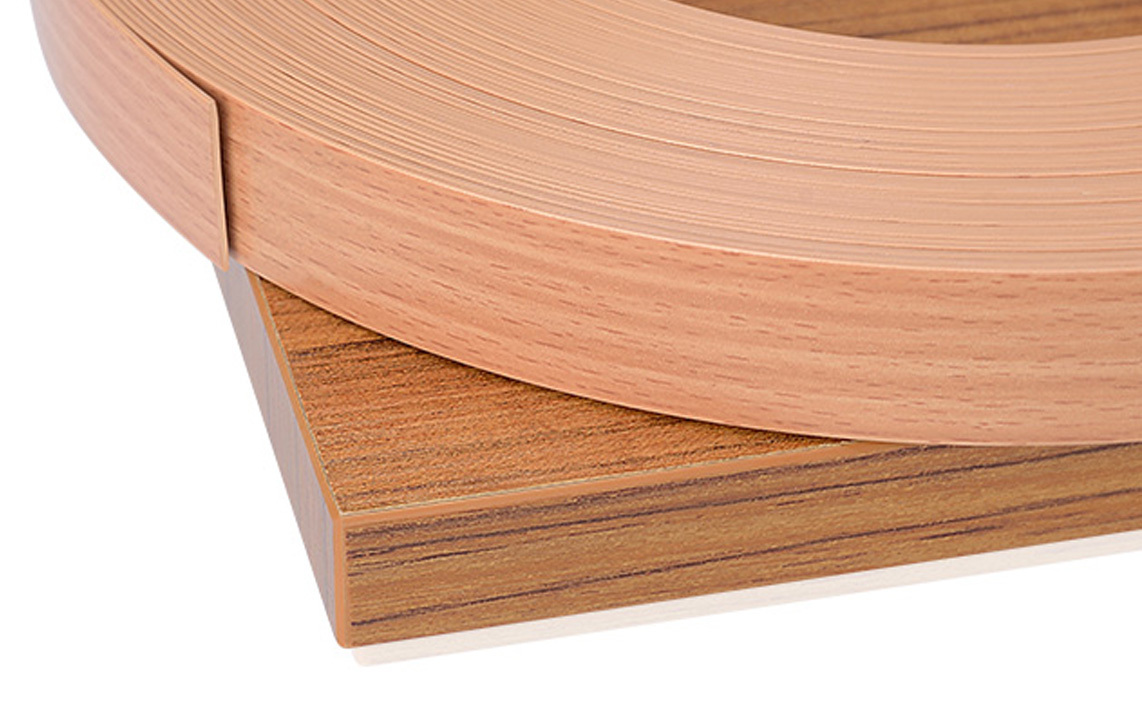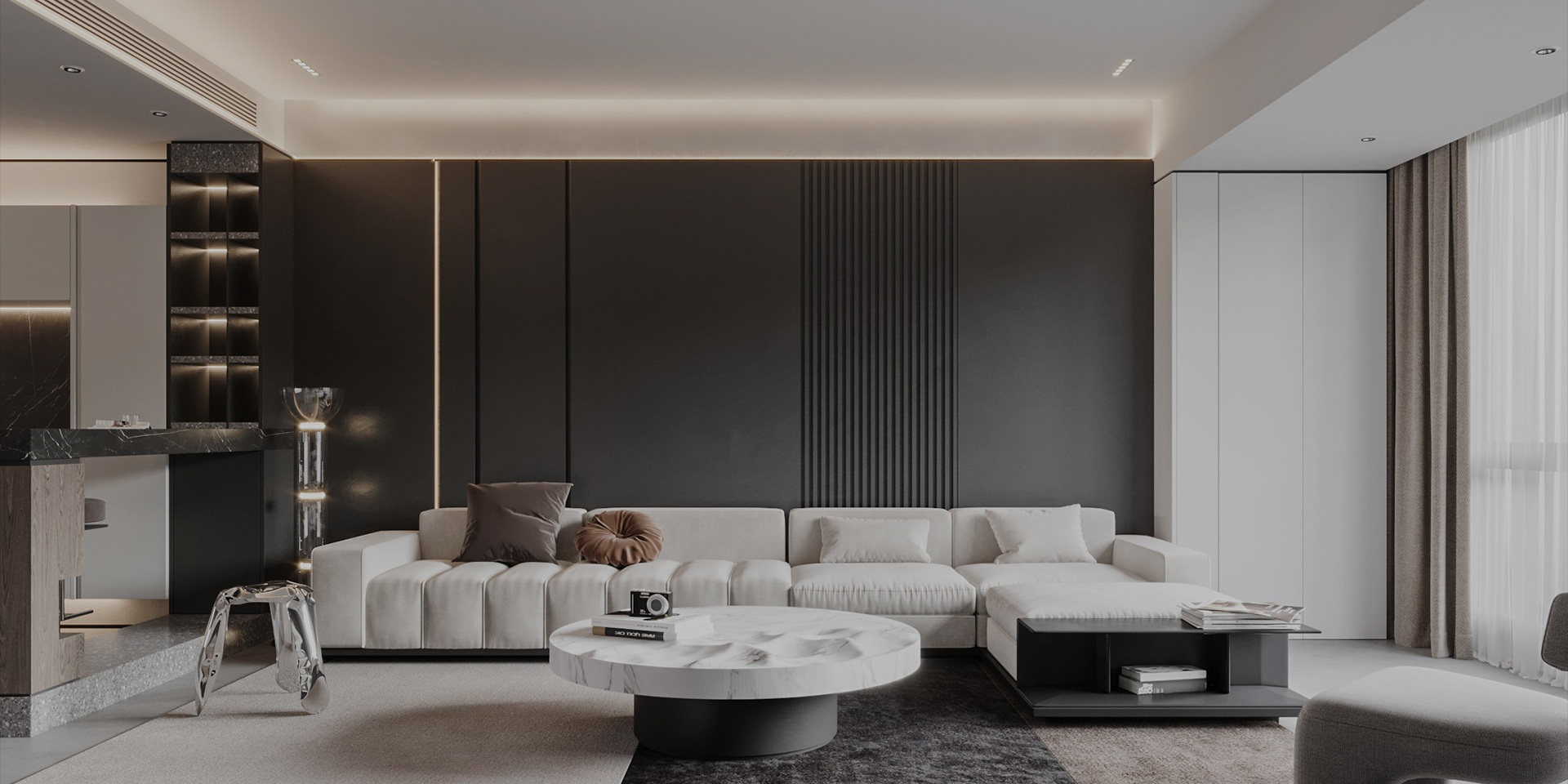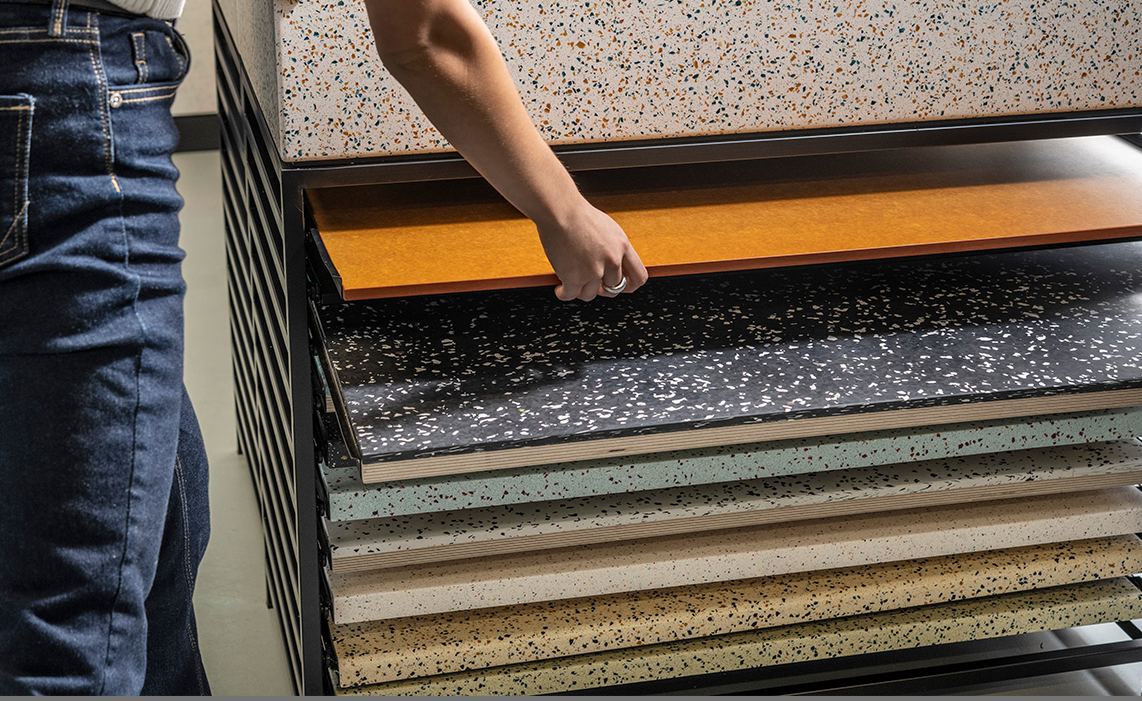The Benefits of Using Laminated Boards for Sustainable Building Solutions
The Benefits of Using Laminated Boards for Sustainable Building Solutions Introduction to Laminated Boards and Sustainability In today’s rapidly evolving construction industry, the push for sustainable building materials has never been more critical. **Laminated boards** have emerged as a vital solution in this context, providing robust performance while maintaining ecological integrity. This ar
Release time:
08 Oct,2025
The Benefits of Using Laminated Boards for Sustainable Building Solutions
Introduction to Laminated Boards and Sustainability
In today’s rapidly evolving construction industry, the push for sustainable building materials has never been more critical. **Laminated boards** have emerged as a vital solution in this context, providing robust performance while maintaining ecological integrity. This article explores the numerous benefits of laminated boards in sustainable building solutions, delving into their properties, applications, and contributions to a greener planet.
What Are Laminated Boards?
Laminated boards are engineered wood products made from multiple layers of material, typically wood veneer or particle board, that are glued together under heat and pressure. This process creates a versatile and durable product that can be used in a variety of applications ranging from furniture to structural components in buildings.
Types of Laminated Boards
While there are several types of laminated boards, the most common include:
1. Laminated Veneer Lumber (LVL)
LVL is created by bonding thin layers of wood veneers together, making it ideal for beams, headers, and other structural elements.
2. Laminated Strand Lumber (LSL)
LSL is composed of strands of wood that are bonded together, providing strength and stability, making it suitable for heavy-duty construction.
3. Glulam (Glued Laminated Timber)
GluLam is formed by gluing together multiple layers of dimensional lumber, offering design flexibility and aesthetic appeal in architectural applications.
Environmental Benefits of Laminated Boards
The quest for sustainable building materials hinges on their environmental impact. Laminated boards offer several advantages that contribute positively to the ecosystem:
1. **Sustainable Sourcing of Raw Materials**
Laminated boards are often produced from sustainably harvested wood, ensuring that forests are managed responsibly. This practice promotes biodiversity and reduces the carbon footprint associated with logging.
2. **Reduced Waste Generation**
The manufacturing process of laminated boards maximizes the utilization of wood resources. By using smaller wood pieces that might otherwise be discarded, laminated boards minimize waste and promote efficient resource use.
3. **Energy Efficiency in Production**
The production of laminated boards typically consumes less energy compared to traditional solid wood products. This lower energy requirement translates to fewer greenhouse gas emissions, enhancing their sustainability profile.
4. **Recyclability and Biodegradability**
At the end of their life cycle, laminated boards can be recycled or repurposed into new products, significantly reducing landfill waste. Additionally, if disposed of, they decompose naturally, contributing to a circular economy.
Durability and Performance of Laminated Boards
In addition to their environmental benefits, laminated boards exhibit exceptional durability and performance characteristics that make them suitable for a variety of applications.
1. **Strength and Load-Bearing Capacity**
Laminated boards offer superior strength compared to solid wood, making them ideal for structural applications. They can withstand heavy loads and resist warping, splitting, and cracking over time.
2. **Moisture Resistance**
Certain types of laminated boards are treated to be moisture-resistant, making them suitable for use in environments with high humidity or moisture exposure. This feature is particularly beneficial in regions prone to damp conditions.
3. **Enhanced Aesthetics**
Laminated boards are available in various finishes and appearances, allowing for creative design possibilities. They can mimic the look of solid wood while providing the added benefits of engineered wood.
Applications of Laminated Boards in Sustainable Building Solutions
Laminated boards are versatile and can be utilized in numerous applications within the construction and design sectors:
1. **Structural Components**
Due to their strength, laminated boards are often used in beams, trusses, and columns, providing structural integrity to buildings while promoting sustainable practices.
2. **Interior Design Elements**
Laminated boards are popular in furniture production, cabinetry, and interior finishes. Their aesthetic appeal combined with durability makes them a favored choice for sustainable design.
3. **Flooring Solutions**
Laminated flooring offers an environmentally friendly alternative to traditional hardwood flooring. It is easy to install, maintain, and can withstand high traffic areas.
4. **Outdoor Structures**
Certain laminated boards are suitable for outdoor applications, such as decking and pergolas, due to their resistance to moisture and decay.
The Economic Advantages of Using Laminated Boards
Incorporating laminated boards into building projects not only benefits the environment but also offers significant economic advantages:
1. **Cost-Effectiveness**
Laminated boards can be more cost-effective than solid wood, allowing builders and contractors to save money while maintaining high-quality standards.
2. **Reduced Maintenance Costs**
Thanks to their durability and resistance to common issues like warping and moisture damage, laminated boards can lead to lower maintenance and replacement costs over time.
3. **Faster Construction Times**
Laminated boards can be prefabricated and easily assembled on-site, reducing construction time. This efficiency can lead to lower labor costs and quicker project completion.
How to Choose the Right Laminated Board for Your Project
Selecting the appropriate laminated board for a specific project involves several considerations:
1. **Understand Your Needs**
Determine whether the application requires structural support, aesthetic appeal, or moisture resistance. Different types of laminated boards cater to different needs.
2. **Check for Certifications**
Look for laminated boards that meet sustainability certifications such as FSC (Forest Stewardship Council) or PEFC (Programme for the Endorsement of Forest Certification). These certifications ensure responsible sourcing and environmental compliance.
3. **Consider Local Availability**
Evaluate local suppliers to ensure that the laminated boards can be sourced sustainably and economically. Local sourcing can also reduce transportation emissions.
4. **Compare Costs and Performance**
Assess different products based on cost, performance specifications, and warranty offerings. This evaluation will help you make an informed decision.
Challenges and Considerations in Using Laminated Boards
While laminated boards offer numerous benefits, there are challenges to consider:
1. **Initial Costs**
Although they may be cost-effective in the long run, the initial investment for laminated boards can be higher than traditional materials. However, the benefits often outweigh these upfront costs.
2. **Aesthetic Limitations**
Some individuals prefer the natural look of solid wood, which might not be fully replicated by laminated boards. Understanding the desired aesthetic can influence material choice.
3. **Environmental Impact of Adhesives**
The adhesives used in laminated boards can sometimes contain harmful chemicals. Opting for boards made with low-VOC or formaldehyde-free adhesives can mitigate this concern.
FAQs About Laminated Boards in Sustainable Building Solutions
1. What makes laminated boards eco-friendly?
Laminated boards are eco-friendly due to their sustainable sourcing, reduced waste generation, energy-efficient production, and recyclability.
2. Can laminated boards be used outdoors?
Yes, certain types of laminated boards are suitable for outdoor applications, especially those treated for moisture resistance.
3. Are laminated boards more durable than solid wood?
Laminated boards are typically more durable than solid wood, as they resist warping, cracking, and splitting better.
4. How do I maintain laminated boards?
Laminated boards require minimal maintenance—regular cleaning and avoiding excessive moisture will preserve their longevity.
5. Are there any certifications to look for in laminated boards?
Look for certifications such as FSC or PEFC, which indicate responsible sourcing and environmental compliance.
Conclusion
In conclusion, laminated boards represent an innovative and sustainable solution for modern construction and design. With their unique blend of **environmental benefits**, **durability**, and **aesthetic versatility**, they stand out as a superior alternative to traditional materials. As the building industry continues to evolve, incorporating laminated boards can significantly contribute to sustainable practices while meeting the demands of contemporary architecture. By making informed choices about materials, builders, architects, and homeowners can play a crucial role in fostering a greener future.
Latest Blog
12 Oct,2025
Upgrade Your Interiors: The Role of PVC Edge Banding in Panel Finishing
Upgrade Your Interiors: The Role of PVC Edge Banding in Panel Finishing Table of Contents 1. Introduction to PVC Edge Banding 2. What is PVC Edge Banding? 3. The Importance of Panel Finishing 4. Benefits of Using PVC Edge Banding 4.1 Durability and Longevity 4.2 Aesthetic Appeal 4.3 Versatility in Design 5. Types of PVC Edge Banding 5.1 Thickness Variations 5.2 Colors and Patterns 5.3 Surface Fini
Read More →11 Oct,2025
Understanding Impregnated Paper: A Versatile Material for Modern Architecture
Impregnated paper is a type of paper that has been treated with a resin or other binding agents to enhance its durability and water resistance. This process not only strengthens the paper but also allows it to be used in a variety of applications, especially in the fields of architecture and interior design. Its versatility makes it an ideal choice for surfaces that require both aesthetic appeal a
Read More →10 Oct,2025
Transform Your Space: Unique Surface Material Options You Haven't Considered
Transform Your Space: Unique Surface Material Options You Haven't Considered In today’s world, the significance of interior design has transcended mere aesthetics. The surfaces we choose play a crucial role in defining the atmosphere and functionality of our spaces. While traditional materials like wood, tile, and stone remain popular, numerous alternative surface materials can provide unique bene
Read More →Contact Us
Sales manager SUNNY LIU
+86 15751150508 (wechat、whatsapp)
E-mail: Sunny@devandecor.com
Add: NO.8 DONGHUAN RD,HENGLIN TOWN,WUJIN DISTRICT, CHANGZHOU ,JIANGSU,CHINA
Copyright © 2025 Changzhou Defan New Materials Co., Ltd. All rights reserved. www.300.cn SEO
Subscribe our newsletter
Welcome to leave us a message, we will reply to you as soon as possible



